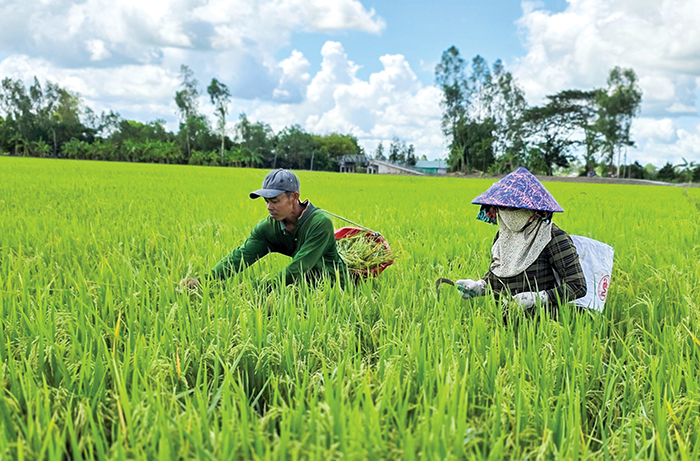
Farmers in Thoi Lai commune, Can Tho city cut and collect weeds from rice fields.
Harmful effects of weedy rice
According to professional documents, weedy rice has a strong vitality, competes with rice plants in the field for nutrients, sunlight, and water, reduces the yield and quality of cultivated rice, and affects the value of rice grains. Weedy rice is a place to store, spread, and create conditions for pathogens and many types of pests to survive and develop, causing harm to cultivated rice such as worms, planthoppers, birds, rats, and golden apple snails. Weedy rice also causes cultivated rice to fall, thereby reducing the yield and quality of cultivated rice and increasing production costs.
Mr. Tran Thanh Vinh, a rice farmer in Dong Thuan commune, Can Tho city, said: "The appearance of weedy rice in recent years has not only increased the cost of rice production, but also become a big concern for farmers. Because weedy rice threatens to reduce the yield, quality and selling price of rice. Farmers must apply many solutions to prevent weedy rice right from the stage of choosing seeds to preparing the land and taking care of the rice. Especially, when the rice is close to harvest, we have to cut and collect weedy rice from the field, which takes a lot of time, effort and cost because it is done manually."
Currently, nearly 30 types of weedy rice have been recorded in the country's key rice-producing region, the Mekong Delta. Although the authorities do not have complete and accurate statistics on the area infected with weedy rice and the damage caused, the negative impacts caused by weedy rice are quite clear in many localities.
Dr. Nguyen The Cuong, working at the Department of Agronomy, Mekong Delta Rice Institute, said: "Weedy rice has a short growth period, ripens early, and the seeds easily fall before and during harvest, creating a source of seeds that remain in the field and spread to the next crop. Weedy rice reduces the yield and quality of cultivated rice, as well as the consumption and export value. Rice fields heavily infected with weedy rice can lose 15-20% of their yield, or even completely, and seriously infect the following crops."
According to Dr. Ho Le Phi, College of Agriculture , Can Tho University, weedy rice has now spread and appeared in many countries around the world. In particular, Vietnam discovered the first case of weedy rice in 1994. Controlling and managing weedy rice is difficult because weedy rice is very similar to cultivated rice, especially in the early stages. Weedy rice is diverse and closely related to cultivated rice, so the use of chemical control measures is very limited. Weedy rice seeds are prone to falling and falling early, and have the ability to rest and live long in the soil, with a survival time in the soil of up to 2-12 years, creating a large seed bank that re-infects the fields in the following crops.
Management by comprehensive solution
According to scientists , the emergence and spread of weedy rice is closely related to the intensification and mechanization of rice production associated with the trading and exchange of poor quality seeds. When weedy rice appears, farmers do not pay attention to proper management and prevention, creating conditions for them to arise. For example, farmers cut weedy rice at the edge of the field or throw it into the canal without thoroughly destroying it or subjectively refuse to handle it when they see a few weedy rice clumps appear in the rice field. While rice can exist for many years in the soil and has the ability to crossbreed to create different strains. Therefore, it is necessary to manage and prevent weedy rice with comprehensive and synchronous solutions.
Mr. Le Van Dung, Deputy Director of the Agricultural Extension Center of An Giang province, recommended: "Farmers should use certified seeds, not leave seeds in fields that have been heavily infected with weedy rice from the previous crop. It is necessary to remove empty seeds before soaking and incubating. For areas with the practice of broadcast sowing but infected with weedy rice, it is necessary to switch to row sowing or transplanting to make it easier to weed and identify, and remove weedy rice from when the plants are still small." According to Mr. Dung, after harvesting rice and preparing to sow the new crop, farmers need to "lure" weedy rice up by pouring water into the field, creating favorable conditions for them to grow and destroy them by mechanical measures, plowing, hoeing and burying or using herbicides.
In Can Tho City, the Office of Agricultural and Rural Coordination in the Mekong Delta under the National Agricultural Extension Center (Ministry of Agriculture and Environment) has just coordinated with relevant units to organize a workshop on "Integrated management of weedy rice pests and prevention solutions in the fields" in the Mekong Delta. At the workshop, many experts and delegates said that it is necessary to pay attention to implementing integrated management of weedy rice pests. Applying integrated pest management measures (IPM) and good management practices, using guaranteed seed sources. Synchronously integrating water management (AWD), farming measures, using smart and responsible pesticides and preventing weeds resistant to pesticides... According to Dr. Ho Le Phi, School of Agriculture, Can Tho University, to prevent weedy rice, it is necessary to establish a strict seed certification program with third-party inspection associated with implementing integrated pest management and good management practices. Researching the ecology and biology of weedy rice and having prevention and management measures suitable for crop ecology.
According to Ms. Huynh Kim Dinh, Deputy Director of the National Agricultural Extension Center, integrated weedy rice pest management is an inevitable trend and requires close coordination and consensus between the State, scientists, businesses and farmers. The opinions and proposals of experts and delegates at the workshop are the basis for the National Agricultural Extension Center to research, complete and organize the implementation of a series of specific actions. That is, to build a set of technical guidelines for integrated weedy rice pest management adapted to climate change, integrated with the implementation of the Project for sustainable development of one million hectares of high-quality, low-emission rice cultivation associated with green growth in the Mekong Delta. Develop a demonstration model for integrated weedy rice management and implement alternate wet and dry irrigation, manage and use varieties adapted to each ecological region. Provide extensive training and communication for the two-level agricultural extension system. Develop videos, technical manuals, and training for farmers to "do it right and understand it well". Establish an early warning mechanism for weedy rice resistant to pesticides, monitor the density of weedy rice in the fields. Encourage businesses, institutes and schools to participate in the production chain of clean seeds, free of weedy rice contamination.
Article and photos: KHANH TRUNG
Source: https://baocantho.com.vn/quan-ly-va-phong-tru-lua-co-bang-giai-phap-tong-hop-a193096.html


![[Photo] Prime Minister Pham Minh Chinh chaired a meeting to discuss solutions to overcome the consequences of floods in the central provinces.](https://vphoto.vietnam.vn/thumb/1200x675/vietnam/resource/IMAGE/2025/10/29/1761716305524_dsc-7735-jpg.webp)
![[Photo] Prime Minister Pham Minh Chinh chaired a meeting to evaluate the operation of the two-level local government model.](https://vphoto.vietnam.vn/thumb/1200x675/vietnam/resource/IMAGE/2025/10/29/1761751710674_dsc-7999-jpg.webp)
![[Photo] Human love in the flood in Hue](https://vphoto.vietnam.vn/thumb/1200x675/vietnam/resource/IMAGE/2025/10/29/1761740905727_4125427122470875256-2-jpg.webp)
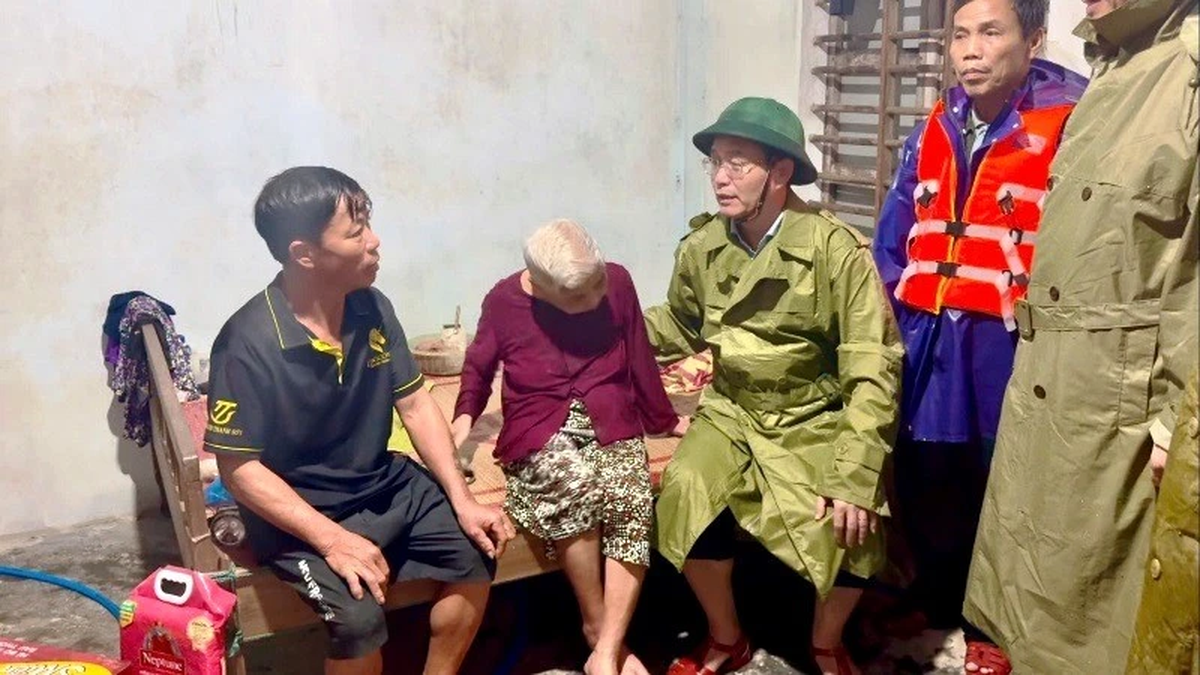

![[Photo] Hue: Inside the kitchen that donates thousands of meals a day to people in flooded areas](https://vphoto.vietnam.vn/thumb/1200x675/vietnam/resource/IMAGE/2025/10/29/1761738508516_bepcomhue-jpg.webp)
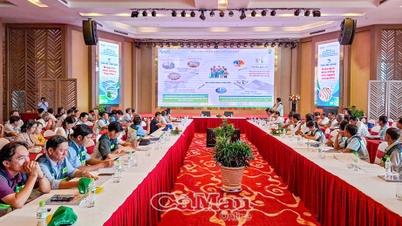

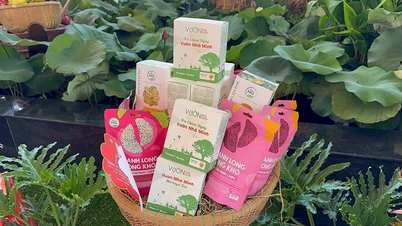

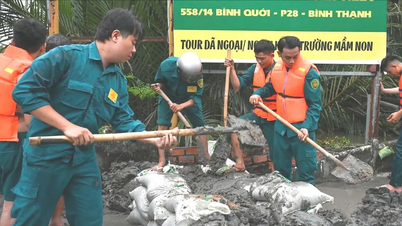

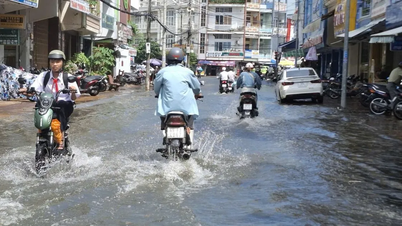
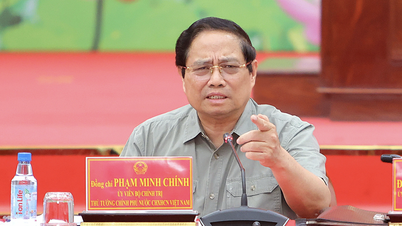


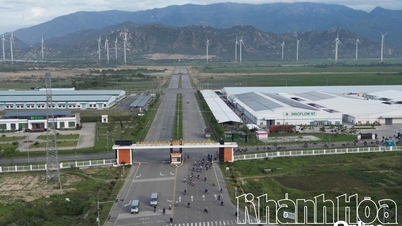

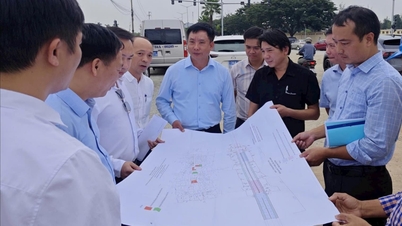





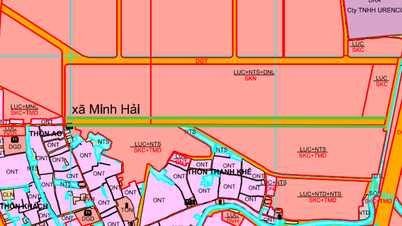





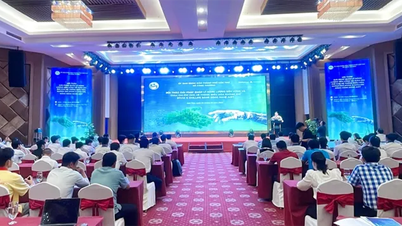
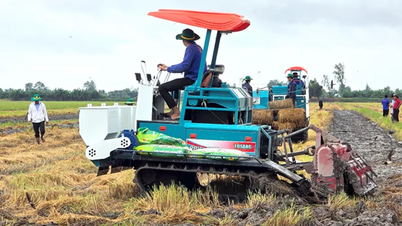
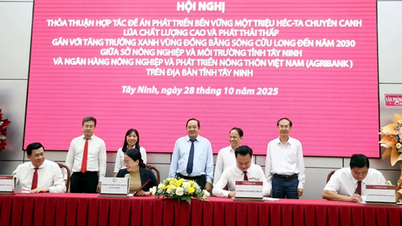
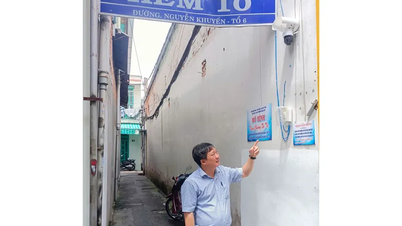
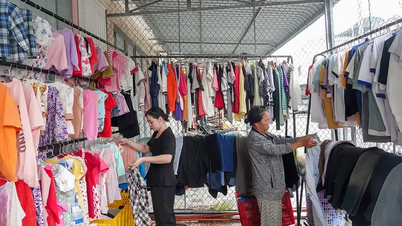
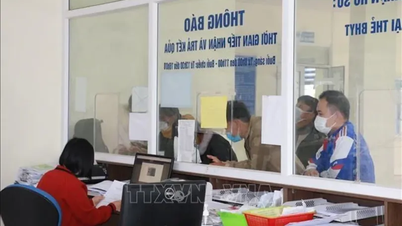



































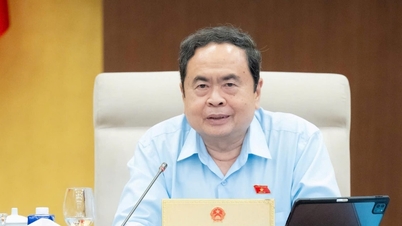

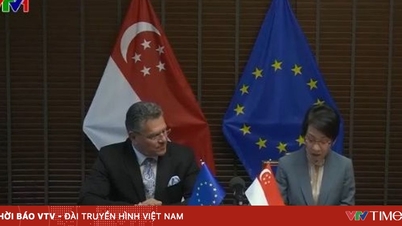
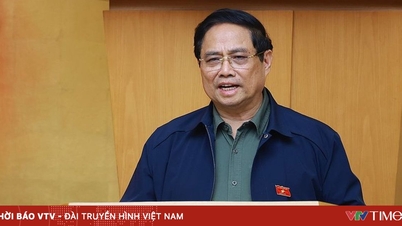







![[Live] Concert Ha Long 2025: "Heritage Spirit - Brightening the Future"](https://vphoto.vietnam.vn/thumb/402x226/vietnam/resource/IMAGE/2025/10/29/1761743605124_g-anh-sang-am-thanh-hoanh-trang-cua-chuong-trinh-mang-den-trai-nghiem-dang-nho-cho-du-khach-22450328-17617424836781829598445-93-0-733-1024-crop-1761742492749383512980.jpeg)

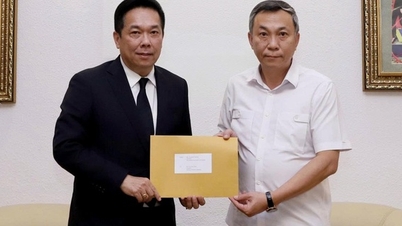

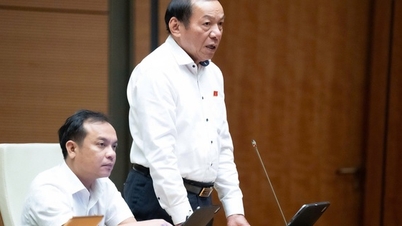
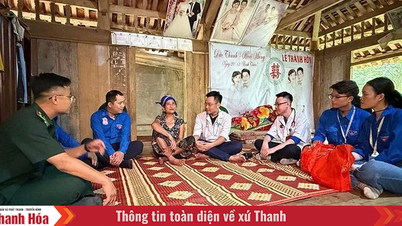

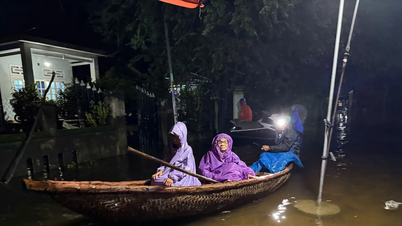




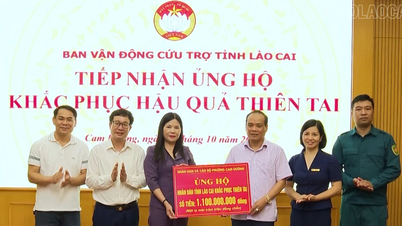

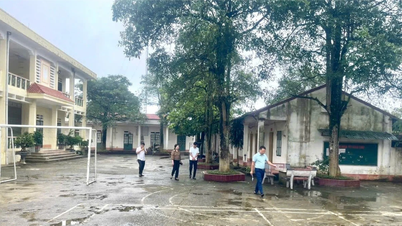











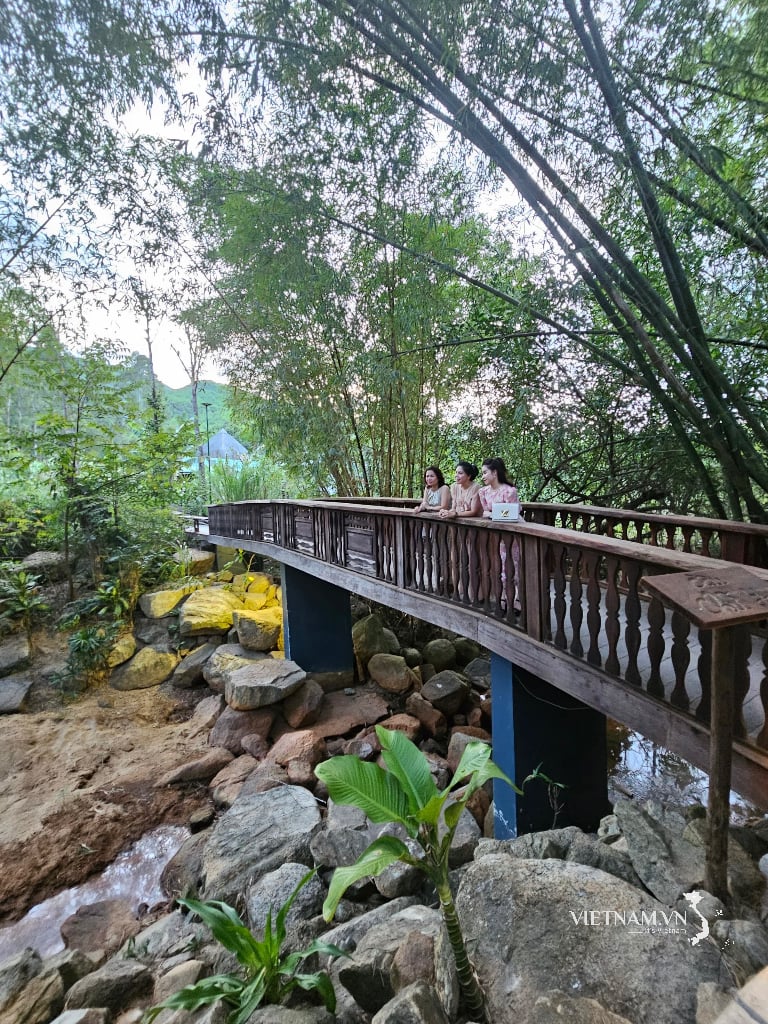



Comment (0)